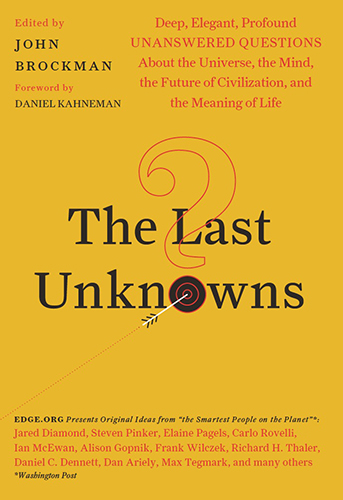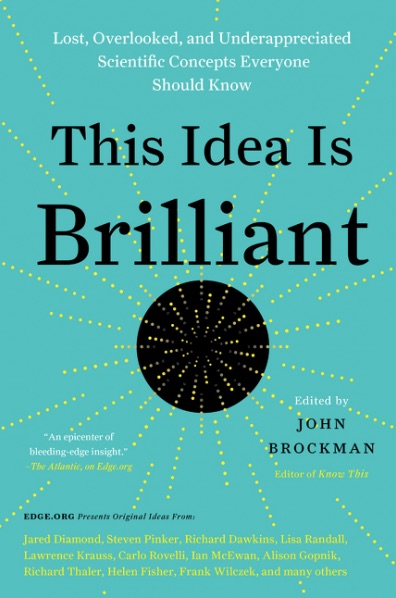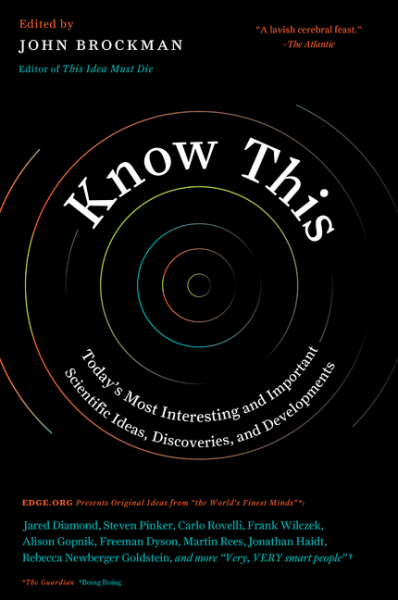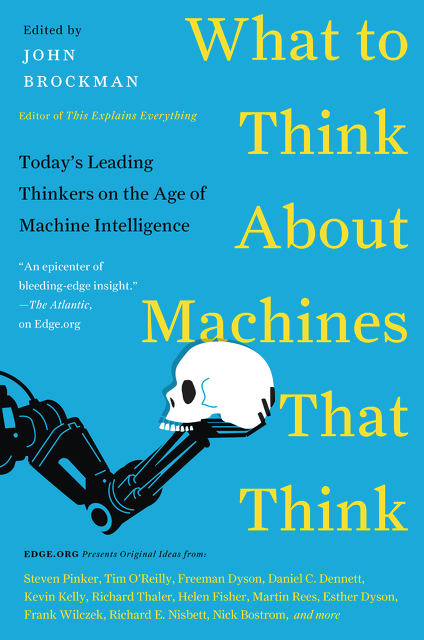When fear and tension rise across racial and ethnic divisions, as they have in recent years, genetic arguments to explain behavioral differences can quickly become popular. However, we know racial and ethnic groups may also be exposed to vastly different experiences, also likely to strongly impact behavior. Despite seemingly inexhaustible interest in the nature/nurture debate, we are only starting to learn how the interaction of genes with experience may alter the potential of individuals, and to see how individual decision making styles can alter the potential wealth of nations.
A captivating news image I saw this year depicted two sets of identical twins, mixed up as infants, raised in separate families in Colombia. The men and their families assumed they were fraternal twins, who share genes only as much as siblings and therefore do not look alike. Only in adulthood, did the young men discover the mistake and find their identical twin brothers through the recognition of friends. One mixed pair of twins grew up in the city and the other in countryside with far more modest resources. We are all, of course, eager to know how these different environments altered these men’s personalities, preferences, intelligence, and decision making when their genes were the same. We are all probably fairly comfortable with the idea that trauma, hardship, or parenting style could impact our emotional development and our emotional patterns even in adulthood. However, it is less clear how early experience might affect how we think and make decisions. Is one identical twin more likely to save his money, repeat a mistake, take a short cut, buy lottery tickets, or stubbornly resist changing his mind because he was raised in a different situation? Or would the identical twin pair make the same choice regardless of upbringing? The answers from these twins are still emerging and the sample is, of course, anecdotally small. If we definitively knew the answer to these questions we might change how we view parenting and investment in childcare and education.
A growing body of work now effectively models this “twins raised apart” situation in genetically identical strains of inbred mice or genetically similar rats. Rodents get us away from our cultural biases and can be raised in conditions that model human experience of adversity and scarcity in infancy and childhood. In one early life stress model, the mother rodent is not given adequate nesting material and moves about the cage restlessly, presumably in search of more bedding. In other models, the rodent pups are separated from the mother for portions of the day or are housed alone after weaning. These offspring are then compared to offspring that have been housed with adequate nesting material and have not been separated more than briefly from their mother or siblings.
Investigators first focused early life adversity research in rodent models on emotional behavior. This research found that early life adversity increased adult stress and anxiety-like behavior. More recent studies, including some from my own lab, find that early life adversity can also impact how rodents think—the way they solve problems and make decisions. Rats and mice that have been subjected to greater early life stress tend to be less cognitively flexible (stubbornly applying old rules in a laboratory task after new rules are introduced) and they may also be more repetitive or forgetful. Some of the differences in behavior have been found to fade as the animals get older but others grow stronger and persist into adulthood.
I would hesitate to say that one group was smarter, since it is hard to determine what would be an optimal style for a wild rodent. We might see stubborn, inflexible or repetitive behavior as unintelligent in a laboratory test. In some real world situations, the same behavior might become admirable as “grit” or perseverance.
Competing theories attempt to explain these changes in emotional behavior, problem solving, and decision making. The brains of the mice that experienced adversity may be dysfunctional, in line with evidence of atrophy of frontal neurons after stress. Alternatively, humans and rodents may show positive adaptation to adversity. In one model currently growing in popularity, a brain developing under adversity may adopt a “live fast-die young” strategy that favors earlier maturation and short-term decision making. In this adaptive calibration model, animals that are genetically identical might express different set of genes in their brain and develop different neural circuits in an attempt to prepare their brain for success in the kind of environment in which they find themselves. It is unclear how many different possible trajectories might be available or when or how young brains are integrating environmental information. However, based on this adaptive calibration model, in lean times versus fat times you might expect a single species to “wire-up” different brains and display different behaviors without requiring genetic change or genetic selection at the germline level (level of eggs and sperm).
Why should we care? This data might explain population level economic behavior and offer a powerful counter narrative to seductive genetic explanations of success. Another piece of captivating news out this year was Nicholas Wade’s review of Garret Jones’ Hive Mind in the Wall Street Journal. Reading this review, I learned that national savings rates correlate with average IQ scores even if individual IQ scores do not; the subtitle is “How your nation’s IQ matters so much more than your own.” In his review, Wade (not Jones) suggests we need to look to “evolutionary forces” to explain IQ and its correlated behavioral differences. The well controlled data from experiments in mice and rats suggest we also look to early life experience. Rodents are not known for their high IQ, but the bottom line is what intelligence they have is sensitive to early life experience, even when we hold germline genetics constant. Putting these rodent and human findings together, one might hypothesize that humans exposed to instability or scarcity in early life are developing brains that are wired for shorter term investment and less saving. Thus, rather than dismissing the successes and failures of nations to slow changing genetic inheritance, we might foster a brighter future by paying more attention to the quality of early life experiences.

















